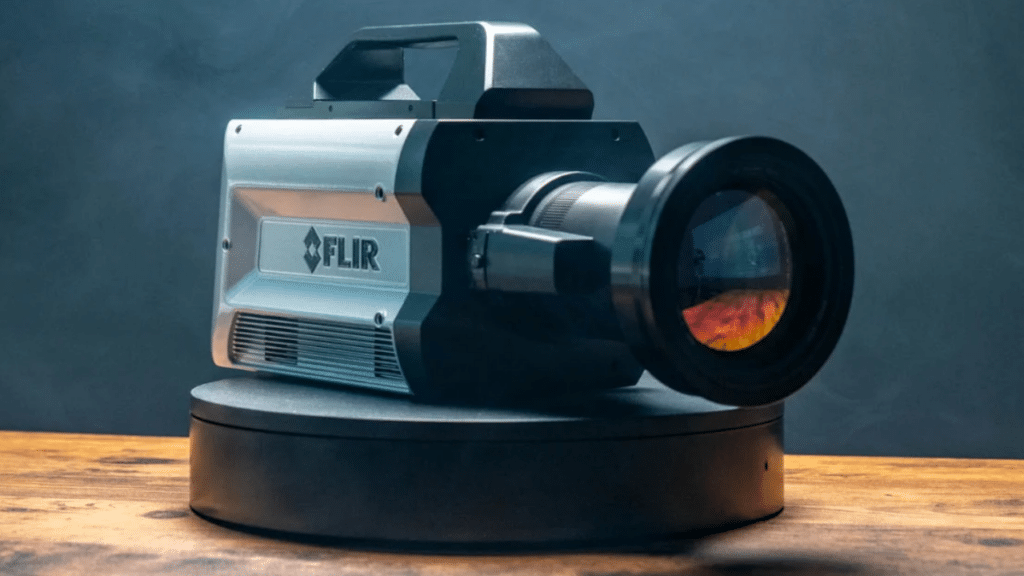FLIR has announced four new additions to its family of X-series science-grade thermal cameras for research and development (R&D) for both the mid-wave infrared (MWIR) and longwave infrared (LWIR) spectrums: the X6980-HS high-speed family and the X8580-HS high-resolution family.
These new high-speed (HS) models expand the performance capabilities of the FLIR X-Series cameras by taking connectivity and on-camera recording to the next level.
New 10GigE and CoaXPress (CXP) 2.1 high-speed interfaces provide more than one hour of lightning-fast image streaming and data transfer, ensuring data fidelity while improving efficiency.
At the same time, the on-camera recording option includes a removable nonvolatile memory express (NVMe) solid-state drive (SSD) to ensure lossless recording of critical thermal events.
A four-terabyte (TB) high-speed SSD is now included as a standard feature on all X-Series HS cameras, providing the ability to record multiple hours of thermal data on the camera without dropping frames.
“The FLIR X-series science thermal cameras are the industry standard for defence, academic, and commercial research and testing applications in the most critical test scenarios around the globe that require high-speed or high-resolution thermal data capture,” said Jerry Beeney, Business Development Director, FLIR. “Now, with the new X-series HS infrared cameras, lab or field operators will have access to lossless onboard recording, high-speed streaming and data transfer, and proprietary trigger and synchronisation for precise, on-time recording.”
Standardise on FLIR Research Studio
In combination with FLIR Research Studio software, scientists, engineers, researchers, and quality assurance managers can leverage the X-series HS infrared cameras to blend data sets and synchronise multiple sensors, including with other FLIR A-series, X-series, and T-series cameras to create integrated, comprehensive analysis for improved decision support.
By standardising on the FLIR platform, FLIR states that organisations can enjoy reduced costs and interchangeability, depending on the specific needs of a given application, including electronic board-level design and testing, defence research, and other commercial and academic use cases.
To read more FLIR news, click here.






